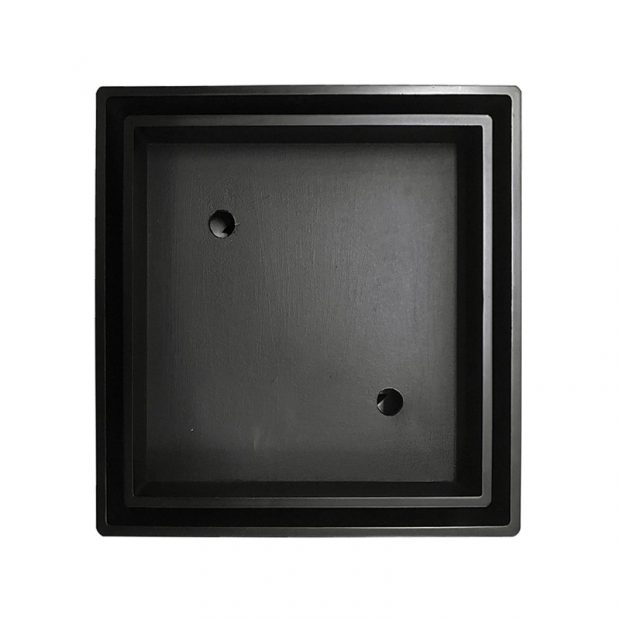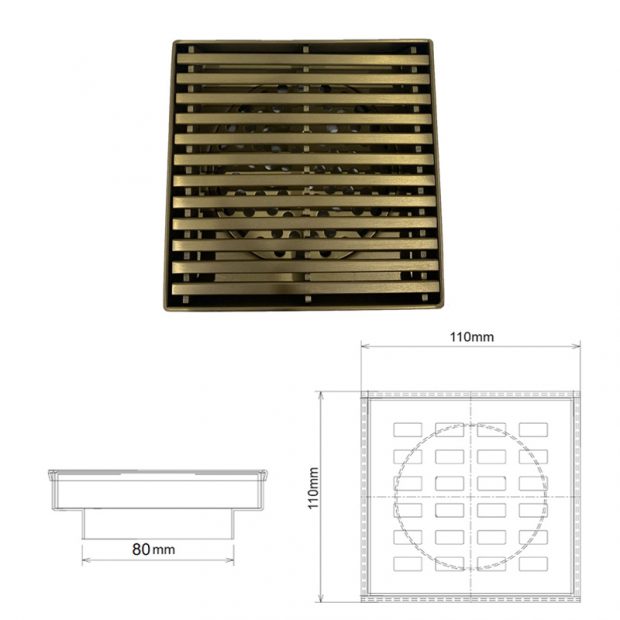August 04,2022
Floor Drains: Different Types and Their Advantages and Disadvantages
by David Stewart
The floor drain is an important interface connecting the drainage pipe system and the indoor floor. It is very small but plays a crucial role in your home. If the floor drain is not selected well, it is inevitable that there will be anti-odor in the home. After being blocked by hair, if it is not cleaned in time, it will also lead to water accumulation in the bathroom, which will greatly affect home life. So there are many different types of floor drains on the market, which one is the best one to choose? The following will introduce the types of floor drains as well as their advantages and disadvantage.

Different types of floor drains focus on different functions. The advantages and disadvantages of various floor drains are summarized below for everyone to better understand and choose.
T-shaped floor drain
The T-type floor drain is the most common type of floor drain on the market. Now the building design is the main pipeline that goes straight up and down, eliminating the need for a water trap. Therefore, the floor drains used now are all straight-through closed, and the air tightness is tighter. T-type floor drains drain fast, but they can't completely deodorize.
Wide mouth water seal floor drain
The wide-mouth water-sealed floor drain is an upgraded version of the T-type floor drain. The drain of this floor drain is a single drain outlet, which can drain fast and not block, and the water seal can 100% block odor and insects. But at present, the price of this kind of floor drain is relatively high.

Mechanical gravity seal floor drain
It adopts the principle of mechanical gravity and piston structure, and uses the balance between the slider inside the sealing core and the water flow to open and close the gasket. Because there is no need for water sealing and no external force sealing, the performance is stable and the service life is long. But, this mechanical gravity seal floor drain does not deodorize effectively.
U-shaped deep water floor drain
The u-shaped floor drain is more suitable for use in old houses, U is the place to store water. Although the double water seal effect of such a floor drain is better than the single-weight deodorant effect, the deeper the water seal, the larger the adhesion area of hair and sticky impurities. At the same time, the overall height of the U-shaped floor drains increases, which makes it impossible to install in many shallow pipes.
Spring-type floor drain
Spring-type floor drains are divided into upper and lower types. The spring-type floor drain is to press the cover, the cover bounces up, press it again, and it will reset. The spring is used to stretch the sealing gasket at the lower end of the sealing core to seal. Because the spring is made of boron iron, it is easy to rust, and the elasticity is gradually weakened until it fails.
Rectangular floor drain
The rectangular floor drain is a kind of floor drain that uses gravity to open when there is water and close when there is no water. The rectangular floor drain can be integrated with the floor tiles, and there is no need to cut the tiles, so that the overall aesthetics are greatly improved. Compared with other original floor drains, the rectangular floor drain has a large water area, which can quickly drain the water on the ground. However, this type of floor drain does not effectively address issues such as hair clogging and odor rejection. Additionally, rectangular floor drains can become clogged with debris, making them difficult to clean.
The above is a brief introduction to the types, advantages and disadvantages of common floor waste bathroom on the market. Because once the floor drain is blocked, it will have a great impact on life. So the floor drain still needs to be chosen carefully.






